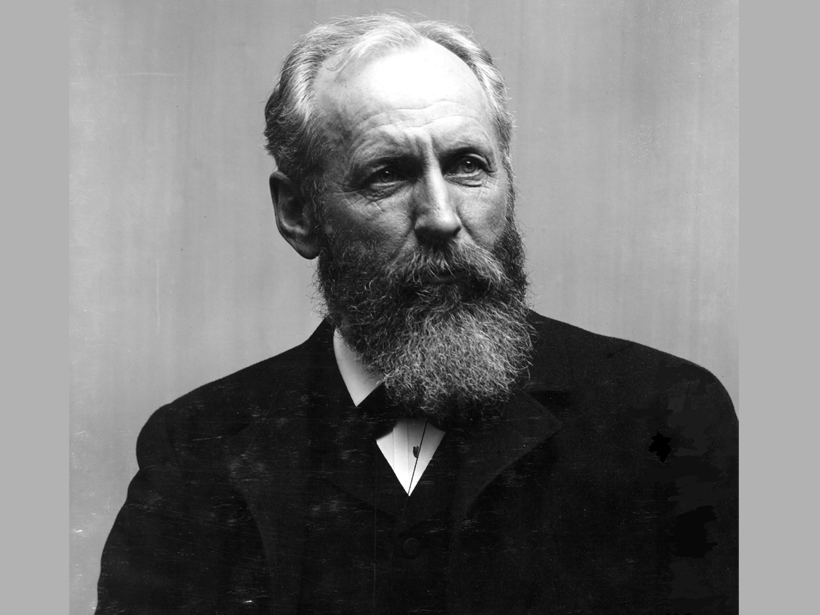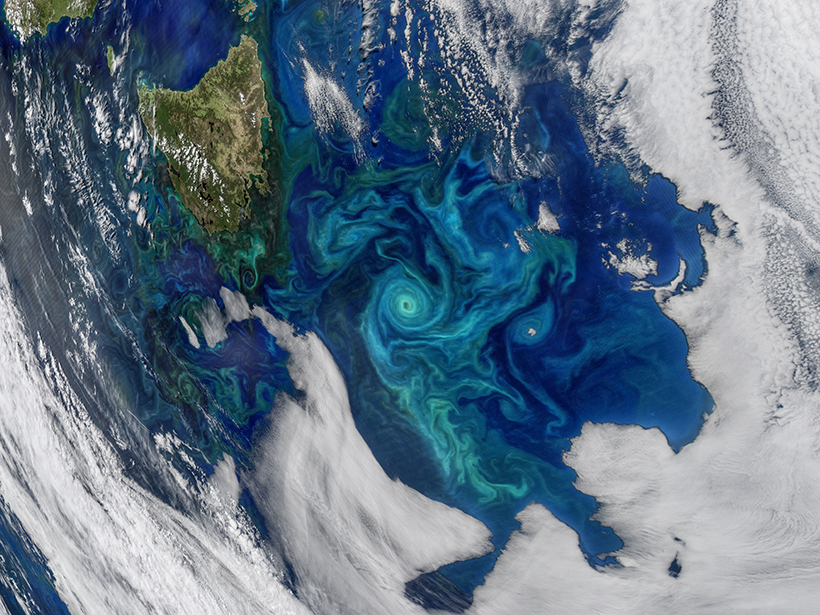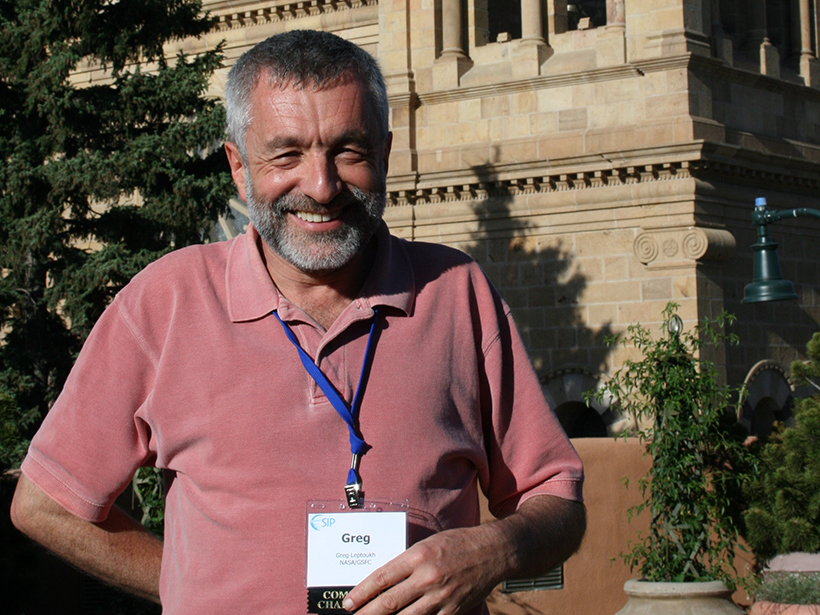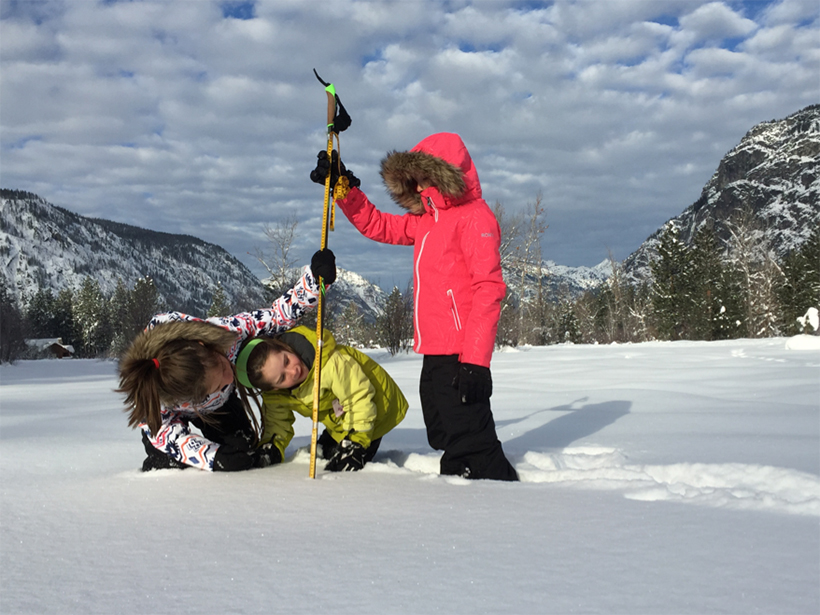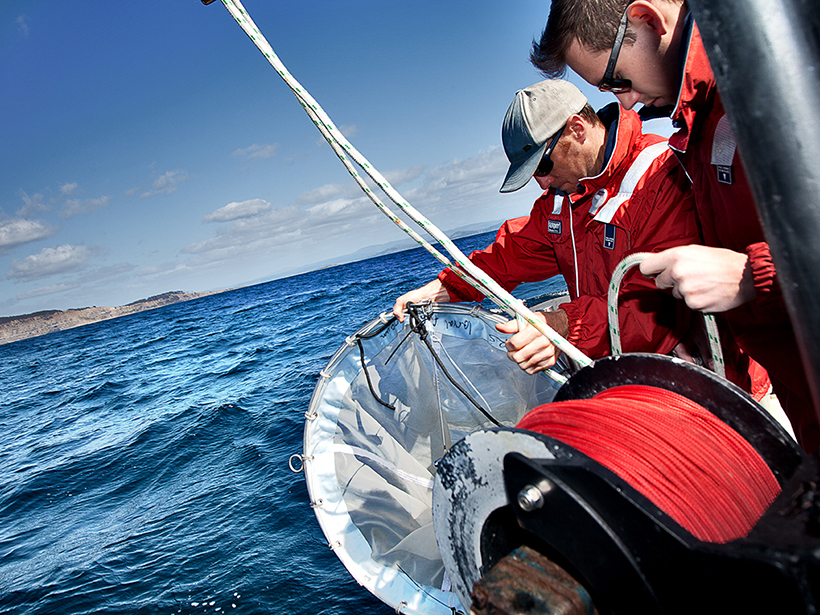Fifteenth International Circumpolar Remote Sensing Symposium; Potsdam, Germany, 10–14 September 2018
CC BY 2018
Reflections on the Legacy of Grove Karl Gilbert, 1843–1918
In the company of other explorers as passionate as he was about geomorphology, Gilbert derived one fundamental geological insight after another from the landscapes of the American West.
Interpreting Mosaics of Ocean Biogeochemistry
Advances in technology and modeling capabilities are driving a surge in progress in our understanding of how ocean ecosystems mix and mingle on medium to small scales.
A Deeper Investment for Deep Time Science
Seven proposals recently funded by the National Science Foundation will ensure more access to laboratories that specialize in geochronology.
AGU Should Support Its Members Who Fly Less
By auditing its travel-related conference emissions, adopting more virtual meeting technology, and opening a dialogue with its members, AGU could be an important mitigator of climate change.
Recognizing an Architect of the Age of Informatics
A look back at the life of Greg Leptoukh, pioneer of informatics, and a look ahead to the field’s future through the annual lecture at AGU’s Fall Meeting 2018 dedicated to Leptoukh.
Crowdsourcing Snow Depth Data with Citizen Scientists
A new project harnesses the power of the winter backcountry recreation community to gather data that are vital to understanding snow, from winter hazards to water resources.
Sustainable Observations of Plankton, the Sea’s Food Foundation
Workshop on Developing an Implementation Plan for a Sustained, Multidisciplinary Global Observing System of Plankton Communities; Santa Cruz, California, 25–27 June 2018
Understanding Electrical Signals from Below Earth’s Surface
A new version of a free Web application (SIGMELTS 2.0) helps Earth scientists interpret electrical anomalies in Earth’s crust and mantle and track the sources of earthquakes and volcanic eruptions.
Universal Units Reflect Their Earthly Origins
On Friday, the kilogram will join its fellow metric units with a definition based on fundamental physical constants, but these units maintain links to their roots in the geosciences.


